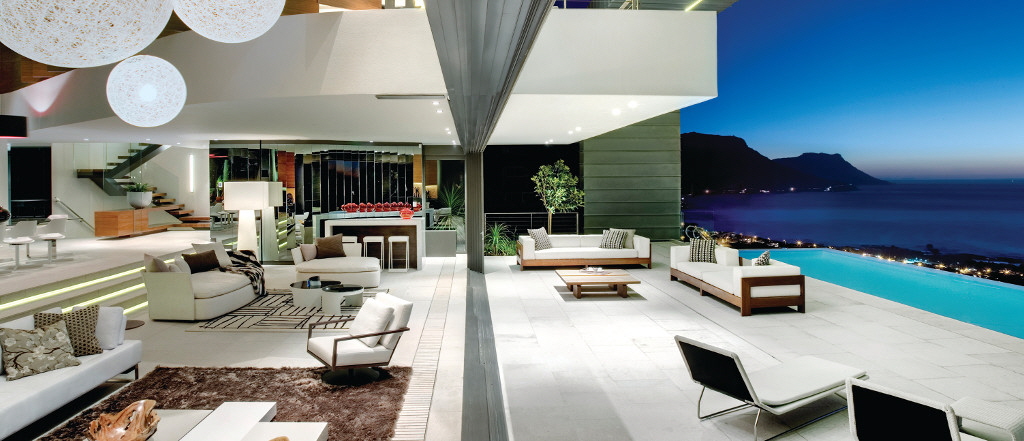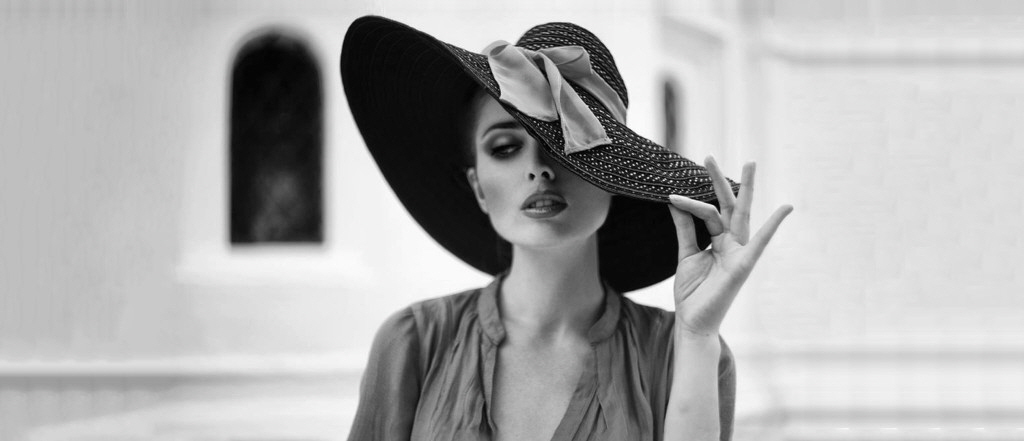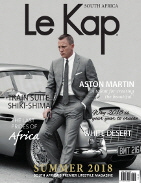JUNE 2015
Vintage Clothing
Past, present and perfect ...
In a time where modern and new designs are considered better than the old, what is the obsession with vintage clothing? Many of us are familiar with the term but most are probably not sure what era this refers to exactly or the inspiration behind it. There are three defined styles of clothing from past years: antique referring to that over 100 years old, vintage from the 1920s to about 20 years before today and retro, which refers to those items created from modern materials to look as if they come from another era. However, this can be the subject of different opinions.

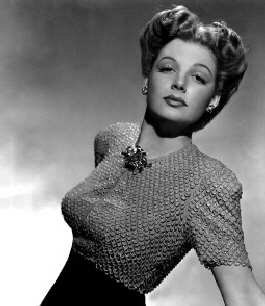
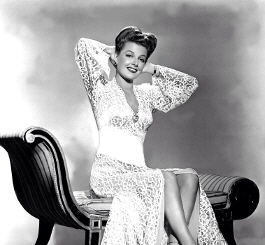

MORE POPULAR READS
![]() Elon Musk
Elon Musk
![]() Vintage Clothing
Vintage Clothing
![]() The Bond Girls
The Bond Girls
![]() Think Inside the box
Think Inside the box
![]() Madiba’s Retreat
Madiba’s Retreat
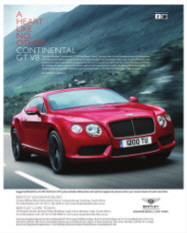

The obsession with vintage apparel amongst younger individuals, both male and female, and the wearing of obviously outdated items seem to be contrary to what is expected, as most pieces are old and have been previously worn. One fashion philosopher, Francis Bacon said, Fashion is the only attempt to realize art in living forms and social intercourse’. An individual’s style will, therefore, project an image or at least part of it, whether this be a role or an era. Increased demand for vintage clothing in recent years suggests a renewed interest in older styles, while at the same time it has resulted in increased prices. Buyers seeking vintage attire are appearing from regions such as the Far East and Africa where vintage is scarce, and this trend seems likely to continue. It seems that fashion, unlike technology or drugs, does not follow the theme that newer must be better.
For those who love contemporary fashion and keeping up with the newest styles, in other words non-vintage wearers, it may be hard to imagine why anyone should wish to present themselves wearing old clothes! Also vintage and grunge are not the same although there are some similarities. Both are available in second hand shops and at bargain prices; grunge at cheaper prices. Grunge refers to 90s styles, and most grunge-wearers were playing in playgrounds in the 1990s while those who wear vintage today did not live through the 1920s. Vintage fashion celebrates historical pride in style and nostalgia, possibly an escape from our twenty first century lives.
For the would-be collector, there is little to guide you on the Internet. Selective and sophisticated collectors have many different reasons for accumulating vintage clothing. Firstly, of course, they are fun and often very beautiful. There is prestige from owning these special garments, the challenge of knowing what is of value, aesthetic pleasure and financial reward in the longer term. Vintage items, sometimes even those numbered couture pieces by famous designers, will sell for a fraction of their original cost and well below their current value. The lucky buyer acquires a couture treasure for a minimal price, the original designer and the piece have both passed the test of time and in this case, what survives longest is what is best.
The vintage markets exaggerate the discount on vintage items due to wear and tear – real or not. An item of clothing that is well worn would require a larger discount, such as 80 percent, whereas a numbered couture dress worn infrequently, reflecting extraordinary design and intricate work in excellent condition, would be subject to a discount of perhaps 10 percent. Another important factor relating to discounts and, therefore, bargains in vintage wear is that when a current designer, such as Karl Lagerfeld showcases his work in a runway show, it is well publicised and the huge prices are mostly derived from the attendant publicity. Vintage couture from years ago is not affected by this.
At the core of vintage fashion are the designs of the 1920s, a decade of indulgence, growth and change. Cinema, with the newly introduced sound effects, was an instant success. Cars became more available, travelling became easier and artists and musicians flourished. Women gained new rights and it became a revolutionary decade where they celebrated their freedom in rebellious attire. Lace and velvet, shimmering fabrics, above-the-knee skirts, bobbed haircuts and garters with silk stockings, amongst others, were adopted by Flappers and their followers. Many saw this as the beginning of contemporary society. Coco Chanel, the Queen of the 1920s style, encouraged women to make their own choices, in dress, work and lifestyle and stated, ‘The most courageous act is still to think for yourself. Aloud.’
The wearing of vintage clothing can be regarded as the living art of fashion and the superior quality, fabric and design has always been appreciated, but this awareness and the resulting demand for the clothing has increased substantially since the early 1990s. Some of this is due to vintage clothing adorning well known top models and celebrities, such as Julia Roberts and Kate Moss, and of course, period films set in the mid 20th century have contributed to its popularity. The internet has allowed many to enter the market in the search for fi ne vintage pieces with the money to collect and the knowledge to discriminate and evaluate it for value and collectability, as well as easier access, compared to actually attending vintage clothing shows. Some designers are particularly recognised for their vintage garments, particularly if they are from the right era, for example, Ossie Clark, Christian Dior, Coco Chanel, Yves Saint Laurent and Mary Quant.
The provenance of a vintage garment is an important factor related to its value and many record the background of an item, the previous owners for whom it was designed, when and for which event. All of this results in one problem. Vintage apparel, especially that which is pre-1950s, is becoming difficult to find and most expensive. More recent clothing is easier to locate and restore, and usually more affordable. Fashion design has always regarded history as an important source of inspiration and vintage styles retain their value as they are from a past era, made authentically and individually with attention to detail that is very difficult to create in modern items. These creations are the real stuff, and inexpensive if you know where to search.
Vintage must be defined as representing high-quality items from the past and does not represent anything that looks old, even it the item itself is new. Retro styles, frequently mass produced, are often created to look like the real thing from another period, while in reality they use modern fabric and combine vintage and modern styles. The terms ‘vintage inspired’ or ‘vintage style’ may be used, but these are not the real thing. Whether vintage styles are on the rise or on the decline most agree that items from the 1950s attract many who are seeking an escape as there was an exuberance about that time reflected in the clothing.
Today, vintage fashion collectors and those who simply appreciate the style of that bygone era, seek out these sought-after vintage garments, sacrificing time and perhaps travelling long distances in their search for that exquisite piece or pieces of clothing.
Current edition ...
BACK COPIES
Use our virtual page flipper to read previous editions online
Summer 2016
Spring 2016
Autumn 2016
Summer 2015/16
Spring 2015
Winter 2015
Autumn 2015
Summer 2014
Winter 2014


QUICK LINKS
ALSO VISIT




